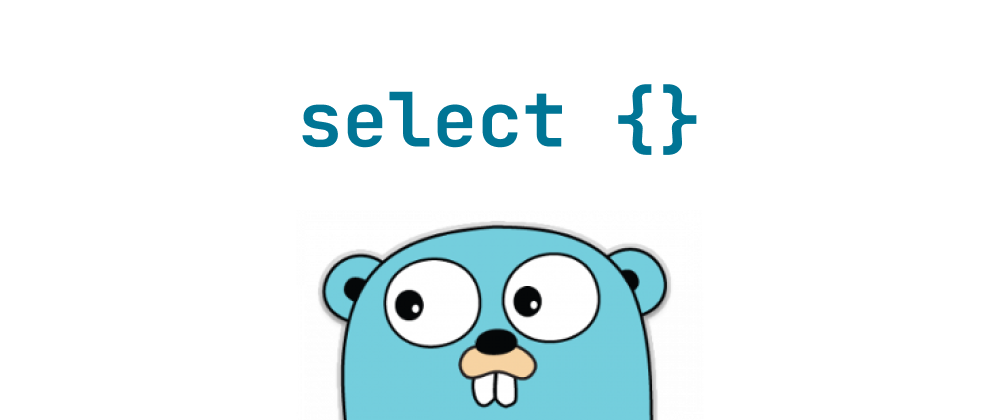Go net/http Internals: TCP Socket Management
Wenhao Wang
Dev Intern · Leapcell

Preface
Before we begin, let's briefly explain two concepts, Socket and File Descriptor, to facilitate later understanding.
What is a Socket?
A Socket is a fundamental abstraction for network communication. It provides a standard interface for applications to access the network protocol stack. Simply put, a socket is an endpoint for network communication, allowing programs on different computers to exchange data over the network.
Main features of Socket:
- It acts as the interface between the application layer and the transport layer.
- It can be regarded as a special kind of file, supporting read and write operations.
- There are different types: TCP Socket (connection-oriented), UDP Socket (connectionless), etc.
What is a File Descriptor?
A File Descriptor is an integer value used by the operating system to identify and manage open files. In Unix/Linux systems, everything is a file, including regular files, directories, devices, and even network connections.
Key points about file descriptors:
- It is a non-negative integer, usually starting from 0 (0 is standard input, 1 is standard output, 2 is standard error).
- In the OS kernel, the file descriptor is an index pointing to a file table entry.
- Each process has its own file descriptor table.
Relationship Between Socket and File Descriptor
In Unix/Linux systems, sockets are also considered a special kind of file, and therefore also have corresponding file descriptors. When you create a socket:
- The operating system allocates a file descriptor.
- This file descriptor can be used for subsequent network operations (read, write, close, etc.).
- Applications interact with the socket through this file descriptor.
TCP Connection Establishment Process
Socket Creation
// Internal implementation of the net package fd, err := socket(family, syscall.SOCK_STREAM, syscall.IPPROTO_TCP)
This step creates a socket file descriptor through a system call.
Server Bind and Listen
// Simplified server code flow bind(fd, addr) listen(fd, backlog)
The server binds the socket to a specific address and port, and then starts listening for connection requests.
Accepting Connections
// Simplified version from net/http/server.go func (srv *Server) Serve(l net.Listener) error { for { rw, err := l.Accept() // Accept a new connection if err != nil { // Handle error continue } go srv.newConn(rw).serve(ctx) // Create a new goroutine for each connection } }
Client Connect
// Simplified version from net/http/transport.go func (t *Transport) dialConn(ctx context.Context, addr string) (*conn, error) { // Create TCP connection netConn, err := t.dial(ctx, "tcp", addr) if err != nil { return nil, err } // Wrap as HTTP connection return &conn{ conn: netConn, // ... other fields }, nil }
Data Transmission
// Reading data n, err := syscall.Read(fd, buf) // Writing data n, err := syscall.Write(fd, data)
Closing the Connection
err := syscall.Close(fd)
Key Implementation Details
Multiplexing
- HTTP/1.1 uses the Keep-Alive mechanism to reuse TCP connections.
- HTTP/2 implements multiplexing through streams, allowing multiple HTTP requests to share a single TCP connection.
Connection Pool Management
// net/http/transport.go type Transport struct { // Idle connection pool idleConn map[connectMethodKey][]*persistConn // Maximum number of idle connections maxIdleConns int // ... other fields }
Timeout Control
// Set connection timeout conn.SetDeadline(time.Now().Add(timeout))
Error Handling and Retry Mechanism
// Simplified retry logic for retry := 0; retry < maxRetries; retry++ { conn, err := dial() if err == nil { return conn } // Wait before retrying time.Sleep(backoff) }
Workflow
When the Client Initiates an HTTP Request:
- First, check if there is an available connection in the connection pool.
- If not, create a new TCP connection.
- Send the HTTP request data.
- Wait for and read the response.
When the Server Handles a Request:
- The Accept loop accepts new connections.
- A goroutine is created for each connection.
- The HTTP request is parsed.
- The request is processed and a response is returned.
This is the core mechanism by which the net/http package implements HTTP connections on top of the TCP protocol. Through abstraction and encapsulation, developers do not need to handle low-level TCP connection details directly, while also benefiting from efficient connection management and reuse mechanisms.
We are Leapcell, your top choice for hosting Go projects.
Leapcell is the Next-Gen Serverless Platform for Web Hosting, Async Tasks, and Redis:
Multi-Language Support
- Develop with Node.js, Python, Go, or Rust.
Deploy unlimited projects for free
- pay only for usage — no requests, no charges.
Unbeatable Cost Efficiency
- Pay-as-you-go with no idle charges.
- Example: $25 supports 6.94M requests at a 60ms average response time.
Streamlined Developer Experience
- Intuitive UI for effortless setup.
- Fully automated CI/CD pipelines and GitOps integration.
- Real-time metrics and logging for actionable insights.
Effortless Scalability and High Performance
- Auto-scaling to handle high concurrency with ease.
- Zero operational overhead — just focus on building.
Explore more in the Documentation!
Follow us on X: @LeapcellHQ




